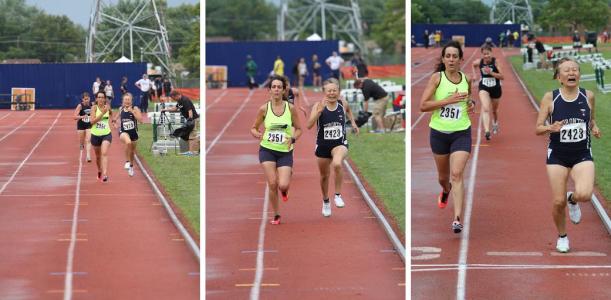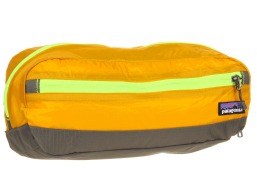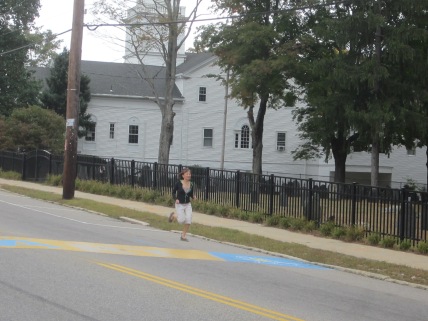With nearly four decades of distance running under my belt, I have stories; running 23K in the Klondike Road Relay at 2:00 a.m. with reports of a grizzly on course, running 10,000 feet above sea level in Ethiopia, crossing the finish line of the Boston marathon 9 minutes before the bombs went off. And now, running through a pandemic.
I’ve been a daily runner for the greater part of my years running. While I started as a fitness runner, I discovered that I was “born to run” and went beyond my original fitness goals to compete, peaking as a competitor in my late-forties and early fifties. During this time, I set a 30K national record at the Hamilton Round the Bay, an Ontario age-group record of 3 hours and ten minutes for the marathon, that stood for six years and placed 3rd in my age-group at the Boston Marathon and 1st at the Chicago Marathon.
In training I ran up to 170 Kilometers a week 11-12 times a week. Those with more natural ability might get by on less mileage but being able to log mega miles without injury was one key to my success. I was able to run for nearly 30 years injury free. Marathon training at this level required tenacity and an ability to stick to a plan, come rain, come shine but never with the constraints imposed by COVID-19.

All by myself in Trinity Bellwoods Park at 6:00 a.m.
Since retirement from both work and marathon running, my preference has been for a leisurely start to my days, with a daily run after the morning rush hour or early afternoon. However, heading out for a run at my usual time in the first few days of social distancing was fraught. I live in a moderately dense close-to-downtown neighbourhood. I felt like I was in a game of Frogger, the video game released in 1981, coincidentally, the same year I began to run. The objective of that game was to direct frogs to their homes by crossing a busy road and navigating a river full of hazards.
The mental benefits of running are as important to me as the physical, so I quickly realized that to run stress-free, early mornings made the most sense . There was a time when I would wake at 4:45 a.m. and get out the door at 5:15 for up to 10 miles of running before work. Drawing on those memories – I’m getting out the door just before dawn. At this time of the year that means getting up a little earlier each day. I have looked ahead and see that I’ll need to head out the door around 5:00 a.m. by the time summer solstice comes around.
Most people must be enjoying sleeping in, or staying up late binge watching as early mornings have never been quieter. I had no idea that early birds were such a rare species. I am often the only person in Trinity Bellwoods Park, a known hotspot for social distancing violators. But I do maintain more than two meters from the skunk that I see regularly grazing in the outfield of the park’s ball diamond. It really is quite a lovely feeling these mornings. And while I highly recommend the pleasures of the glorious quiet of pandemic mornings, I am selfishly hoping that few people will be converted to the habit.
* * * * * * * * *
RUN RESPONSIBLY
Despite seeing barely a soul in the early morning, there have been frequent episodes of being overtaken by faster runners and cyclists, who think speed gives them the liberty to pass by with little room to spare. Why take a chance? Why startle others? While there are many sites like Mountain Equipment Coops’ with advice on how to exercise outdoors safely, what’s needed is a Cyclist and Runner’s version of the Skier Responsibility Code. Here’s my adapted version.
Cyclist, Runner, Walker Responsibility Code
- Always stay in control and be able to stop or maintain two meters distance between you and other people. This means you may have to come to a complete stop.
- People ahead of you have the right of way. It is your responsibility to avoid getting closer than two meters to them.
- A friendly “to your right” to alert that you are overtaking a runner or walker should be standard practice before passing.
- You should not stop where you obstruct a trail or are not visible to others coming around a blind corner.
- Observe all posted signs and warnings. Keep off closed trails and out of closed areas.
Run Defensively After frequent encounters with runners and cyclists not observing the above, I realized I needed to run defensively. Here are a few tips.
- Stay alert do not wear headphones.
- Run or walk on the grass if you are on a narrow pathway to avoid been overtaken too close by cyclists or faster runners.
- Run the same route so you can anticipate the bottlenecks and refine your route as needed.
- Run facing traffic in case you need to hop of the sidewalk to avoid an oncoming pedestrian or runner.
Be Kind, Be Nice
No snarky comments about novice runners or exercisers. Just because we have been running longer than others, does not mean we own the road.
Stay well. Stay safe. Run early.


































